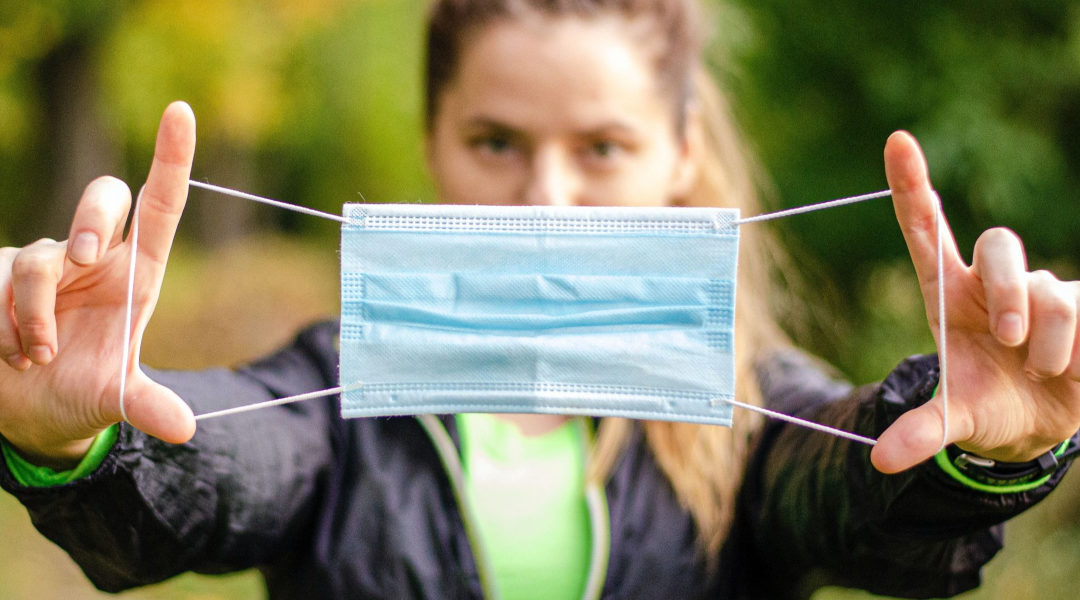Since the Covid-19 pandemic broke out in 2020, most people have had to wear a face mask daily. If you are one of them, you likely wonder how this affects your skin. Between June 2020 and July 2021, we conducted a study exploring how certain characteristics of your skin may change if you put on a mask for a year.
Participants and the Environment
The study involved 18 healthy general office workers (8 men and 10 women) with a mean age of 34.6 years. The study period covered all four seasons; summer, autumn, winter, and spring. The participant’s skin was measured five times during the study. The measurements focused on:
- Trans-epidermal water loss (TEWL)
- Skin hydration and elasticity
- Skin keratin amount
- Skin pore area
- Skin temperature and skin redness
- Skin color
The Findings
- Trans-epidermal water loss: Generally, TEWL increased in the area covered by the mask (the cheeks) compared to the non-mask wearing area (the forehead). The increase was highest in December 2020 at 47.49% and lowest in June 2021 at 25.77%. Additionally, the chin TEWL decreased, and that of the perioral area increased.
- Skin hydration: Overall, skin hydration decreased in the cheeks, perioral area, and chin by 7.88%, 18.54%, and 12.78%, respectively, in comparison to the forehead. The decrease was the highest in March 2021. However, in June 2021, the skin hydration of the chin and cheek increased by 4.39% and 8.21, respectively.
- Skin keratin amount: The amount of skin keratin in the cheeks and chin significantly increased, likened to the forehead. The increase peaked in December 2020 and was at its lowest in March 2021.
- Skin pore area: The cheeks and perioral area skin pore area massively increased compared to the forehead. The increase was the highest in March 2021 and the lowest in December 2020.
- Skin elasticity: Overall, the skin elasticity of the cheek and the perioral area decreased contrasted to the forehead. The decrease was the highest in March 2021 and the lowest in September 2020.
- Skin temperature: The temperature of the skin of the cheeks and chin massively increased in comparison to the forehead. The increase was the highest in September 2020 and the lowest in June 2021.
- Skin color: Skin redness of the cheeks significantly increased while skin yellowness massively decreased, likened to the forehead. The changes were more pronounced in December 2020 and least pronounced in September 2020.
Conclusion
After examining the study’s findings, we concluded that wearing a mask daily for extended periods will result in notable differences in facial skin characteristics for the areas covered in contrast to those not covered.


Recent Comments